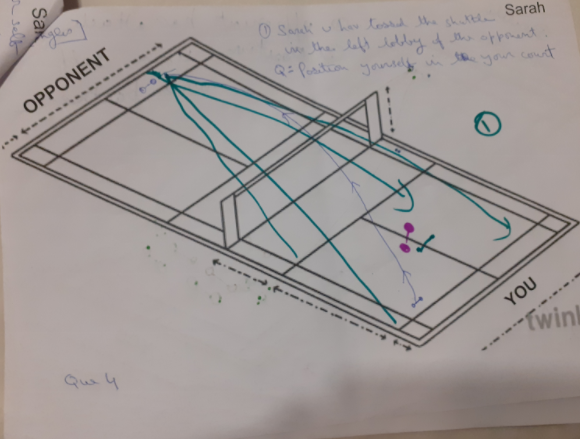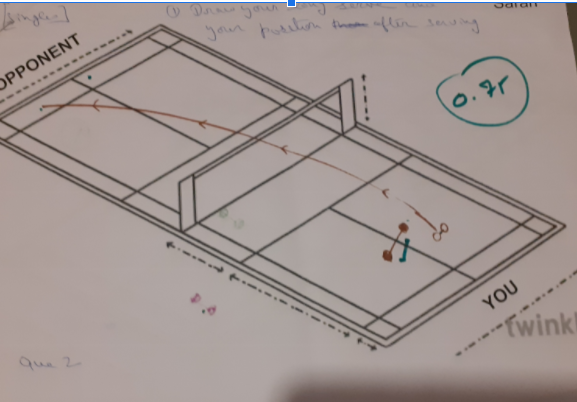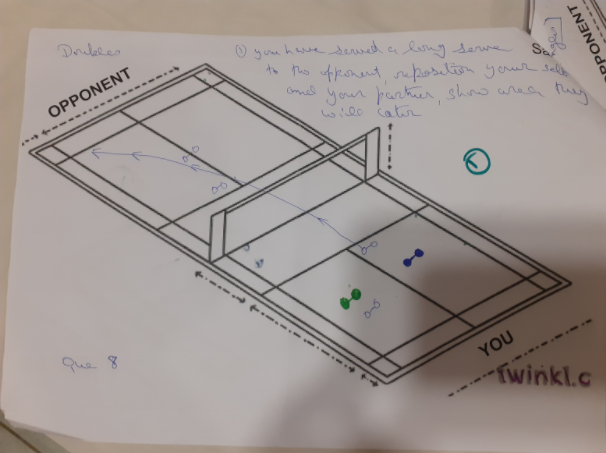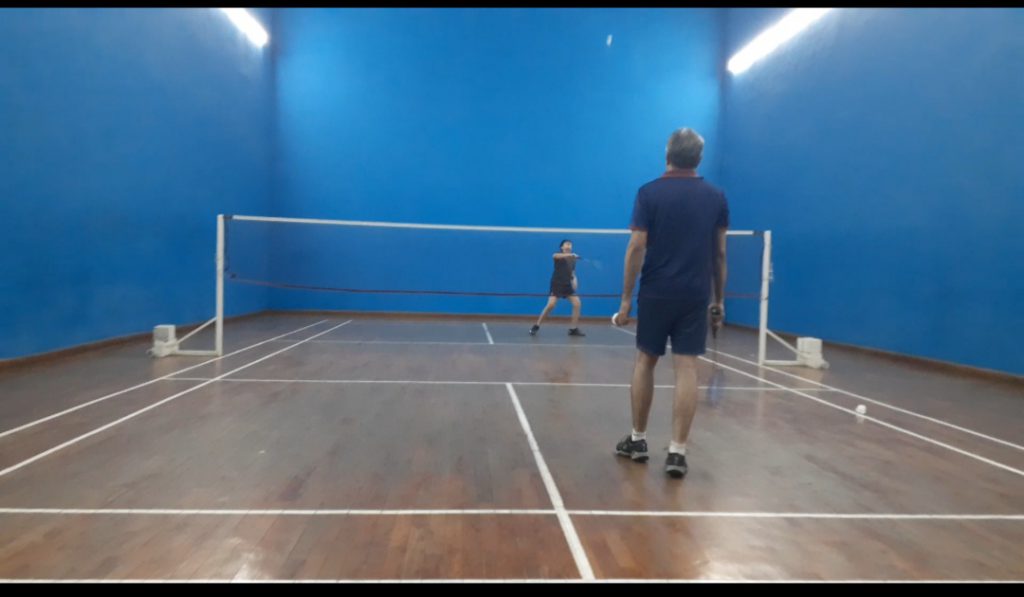I have been playing Badminton as a family sport for what seems like forever. This had created a strong foundation which was waiting to be strengthened. My goal was to learn essential techniques and increase my skill level to improve at the game. Being a good Badminton player himself, my father coached me throughout this process.
LO 1:
Being an intermediate player, I was aware of all basic rules, strokes and stances. However, my footwork was lackluster and it was compromising my speed. I started with drills, going from the center of the court to each corner with the proper stance, raquet position and scissor-steps. I learnt defensive and attacking stances and strengthened my back-hand shots. Next, I worked on recieving and serving shots like drops and smashes. Practising everyday for an hour showed drastic improvement. I was able to control the trajectory of the shuttle and cover the court quickly and effortlessly.
LO 2:
Badminton is one of the most challenging sports. There is an excruciating number of techniques that need to be remembered and executed. From keeping the knees bent while waiting in the center to taking a prep-jump before chasing the shuttle. A lot of practise was required to build the muscle-memory.
Additionally, Badminton requires physical endurance and flexibility as well. For instance, taking a dive, lunging towards the net or serving a smash. The development of accuracy and precision while playing net related shots also took a lot of time and dedication. During the first few days, I would forget the techniques and get breathless fast. On the last day, this was not the case!
I was suprised at how adapting the positioning in response to the different shots made such a positive difference. I enjoyed learning deceptive moves and learning to read the opponents weakness (and how to exploit it). I solved several worksheets to understand how the center of the court and overall positioning needs to change. This allowed me to get a clear idea of every technique I need to execute on the court and how to do it.




My badminton theory test
LO 4:
In the first week, I was not able to see any improvement. While playing matches, was getting flustered and was not able to apply any of the techniques learnt. The process of unlearning and relearning meant that there was no instant gratification of doing well in the first try. However, I kept on learning both on the court and at home. The science behind every new trick I learnt fascinated me and prodded me to implement it. Slowly, every move became an instinct and not something I had to memorize. Learning both singles and doubles was a commitment, as both had very different rules and skill requirement.
Conclusion:
I was able to connect various techniques with concepts in Physics and developed the learner profile – knowledgeable. Understanding the science behind different techniques allowed me to realise their significance and to implement them sincerely. Earlier, I used to believe that athletes possess a natural talent and others can not improve much at sports beyond a point. Now, I know that a balance of theoretical knowledge and training can lead to a significant improvement in anybody. I believe that this experience was a success as it helped me stretch limits and become a better athlete. It is important to have a degree of proficiency in all hobbies, so that it becomes even more enjoyable and refreshing.


